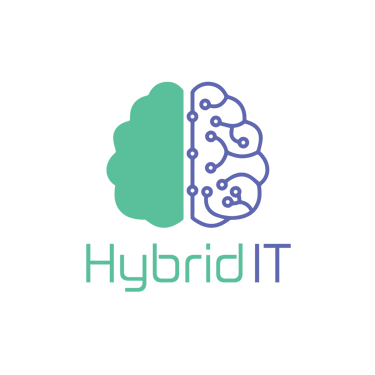Predict the future by creating it
Understanding Blockchain Technology: A Revolution in Digital Transactions
Blockchain technology has become a buzzword in recent years, capturing the attention of industries worldwide. Originally devised for Bitcoin, blockchain's potential extends far beyond cryptocurrencies. This innovative technology is poised to revolutionize various sectors by offering secure, transparent, and efficient solutions. In this blog post, we'll explore what blockchain is, how it works, and its transformative applications across different industries.
What is Blockchain?
At its core, a blockchain is a decentralized ledger of all transactions across a network. This ledger is maintained by multiple participants, known as nodes, which validate and record transactions in a series of blocks. Each block contains a list of transactions and a unique code called a cryptographic hash. Once a block is filled with transactions, it is added to the chain of previous blocks, forming a chronological sequence.
How Does Blockchain Work?
Decentralization: Unlike traditional databases controlled by a single entity, a blockchain is maintained by a distributed network of nodes. This decentralization ensures no single point of failure and enhances security.
Consensus Mechanisms: To validate and record transactions, blockchain networks use consensus mechanisms such as Proof of Work (PoW) or Proof of Stake (PoS). These mechanisms ensure all participants agree on the state of the ledger, preventing fraud and double-spending.
Immutability: Once recorded, transactions on a blockchain cannot be altered or deleted. This immutability provides a high level of data integrity and trust.
Transparency: All transactions on a blockchain are visible to all network participants, promoting transparency and accountability.
Key Benefits of Blockchain Technology
Security: Cryptographic techniques and decentralized consensus make blockchain highly secure, reducing the risk of fraud and cyberattacks.
Transparency: Every transaction is visible to all participants, fostering trust and reducing the need for intermediaries.
Efficiency: By eliminating intermediaries and automating processes, blockchain can streamline operations and reduce costs.
Traceability: Blockchain provides a transparent and immutable record of transactions, making it easier to track and verify the history of assets.
Applications of Blockchain
Finance: Blockchain is transforming the financial sector by enabling faster, cheaper, and more secure transactions. It is the backbone of cryptocurrencies like Bitcoin and Ethereum and is also being used for cross-border payments, smart contracts, and decentralized finance (DeFi) platforms.
Supply Chain Management: Blockchain enhances supply chain transparency by providing a real-time, immutable record of the journey of goods from origin to destination. This traceability helps in verifying the authenticity of products and preventing counterfeiting.
Healthcare: Blockchain can improve patient data management by providing a secure and interoperable system for storing and sharing medical records. It can also enhance the traceability of pharmaceuticals, ensuring the authenticity of drugs and reducing the risk of counterfeit medicines.
Voting Systems: Blockchain offers a secure and transparent solution for voting systems, ensuring the integrity of elections by preventing tampering and fraud.
Real Estate: Blockchain can simplify property transactions by providing a transparent and immutable record of ownership, reducing the need for intermediaries and lowering transaction costs.
Intellectual Property: Blockchain can protect intellectual property rights by providing a tamper-proof record of creations, ensuring creators receive proper recognition and compensation for their work.
Challenges and Future Outlook
Despite its potential, blockchain technology faces several challenges, including scalability, regulatory uncertainties, and energy consumption concerns. However, ongoing research and development are addressing these issues, paving the way for wider adoption.
In the future, blockchain is expected to play a crucial role in the digital economy, transforming industries and creating new opportunities. As businesses and governments recognize its potential, blockchain technology will continue to evolve, bringing about a more secure, transparent, and efficient world.
Conclusion
Blockchain technology represents a paradigm shift in how we conduct transactions and manage data. Its unique features of decentralization, security, transparency, and efficiency make it a powerful tool for a wide range of applications. As we continue to explore and harness its potential, blockchain is set to revolutionize industries and redefine the digital landscape. Stay tuned for more updates and insights on this groundbreaking technology.
Write a short text about your service
Write a short text about your service
Write a short text about your service






Empowering businesses through technology expertise
HybridIT consultancy specializes in cyber security, digital transformation, document management, and IT cloud infrastructure services to help businesses thrive in the digital age.






Our Expertise
We safeguard businesses with robust security strategies, guide through digital transformation, streamline document management, and design secure cloud solutions for efficiency and compliance.
HybridIT helped our organization navigate the complexities of the digital age with their expert guidance. Highly recommend!
John Doe


★★★★★
